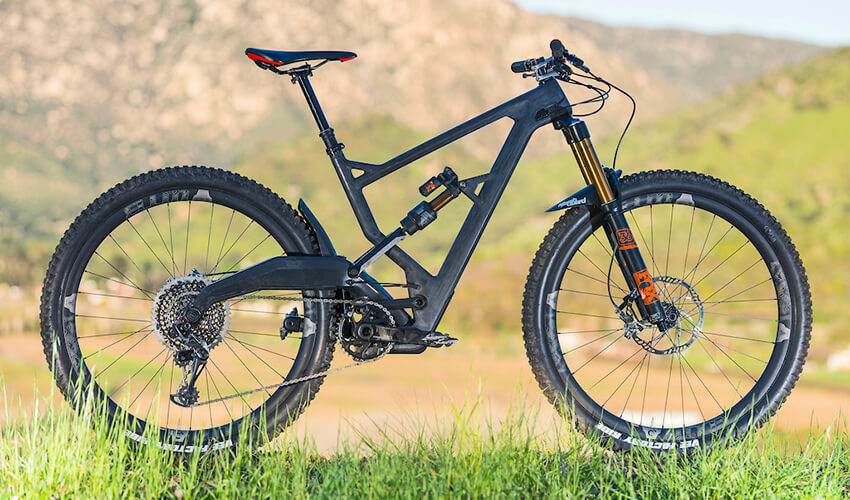What Size Mountain Bike Do I Need

This is a standard question, also with valid reason: picking the right bike size is one of the most critical decisions you’ll ever make. We recommend that users wait to buy a brand new bike until you comprehend why that’s essential to use one that’s the right size for your height and body shape, as well as the adjustments you can create to one bike’s elements to help it perform better for your measurements, personal needs, and preferred discipline.
A bike that fits and also is done properly is a delight to ride, makes it much easier to tackle trails quicker also with greater control; yet, a bike that is too small may be twitchy, tense, and unpleasant on longer rides, difficult descents, or even just pootling all-around flat.
When it comes to bike fit, even though their metrics appear to be almost comparable on paper, an avid bicyclist will tell you that almost all bikes feel and ride differently.
Manufacturers’ frame sizes for mountain bikes can be confusing. A most common approach is to state the seat tube length, which differs depending on whether it is calculated to the top of the seat stays or to the center about where the top tube joins the seat tube.
How To Choose The Right Mountain Bike?
Manufacturers have actually begun advertising bikes that provide a large amount of reach measures instead of seat tube and top tube lengths.
This means they were ready to expand the bike’s reach figure, endurance, and top tube length while retaining short duration seat tube length and stacking height. Shorter people can fit on bikes with longer reach figures and shorter seat tubes since the standover height is lower, allowing individuals to ride a larger bike.
Seat tube and top tube lengths are still crucial to examine when buying a bicycle. The seat tube length determines the minimum saddle height that may be adjusted, while a top tube length determines how stretched out a rider would feel.
When it comes to mountain bike size, it’s Reach, not Stack, that makes the biggest difference between Small and Large. Almost all mountain bikes attempt to be as low as possible in an effort to give the user the greatest joint mobility in the cockpit, therefore you’ll see a lot of bikes with a higher Reach.

The Difference Between A Simple Bike And A Mountain Bike
A mountain bike is built for riding on rough, uneven terrain. Fat chunky tires are available on some mountain bikes, which give higher traction and stress absorption. In recent bikes designed to go through hilly slopes, full and front-rear shocks are more frequent. Steering wheels with extension are less common among today’s cyclists, although some bicycles in this category include end bars on the handlebars. Mountain bikes have wheels that really are 26 to 29 inches in diameter. Larger wheels provide better rolling characteristics and aid in rotational weight, enabling even more gradual acceleration.
Those bikes have suspension travel of at least 8 inches. Because of their lightweight bodywork, these motorcycles are better suited to racing. Downhill mountain bikes are built to be durable, with features like large, high gears, making them perfect for rolling down pure downhill courses and racetracks. Because most downhill riding demands significant movement, these bikes feature just one chainring, a broad bush protector, as well as a chain guide to handle this. In fact, downhill bike riding is perhaps the most popular competitive advantage for the company of cycling.
Dirt Jumping Bike
The two types of dirt jump bikes accessible are urban and street mountain bikes. These bikes are a cross between trial bicycles and freeride bikes. This kind of bicycle is quite powerful, with front heights varying from 0 to 4 inches. They usually have really no suspension system and employ fast-rolling, slick, or semi-slick wheels. Cross-country mountain bikes, freestyle road bikes, trial mountain bikes, single-speed road bikes, or northside road bikes are some of the many popular mountain bike kinds.




